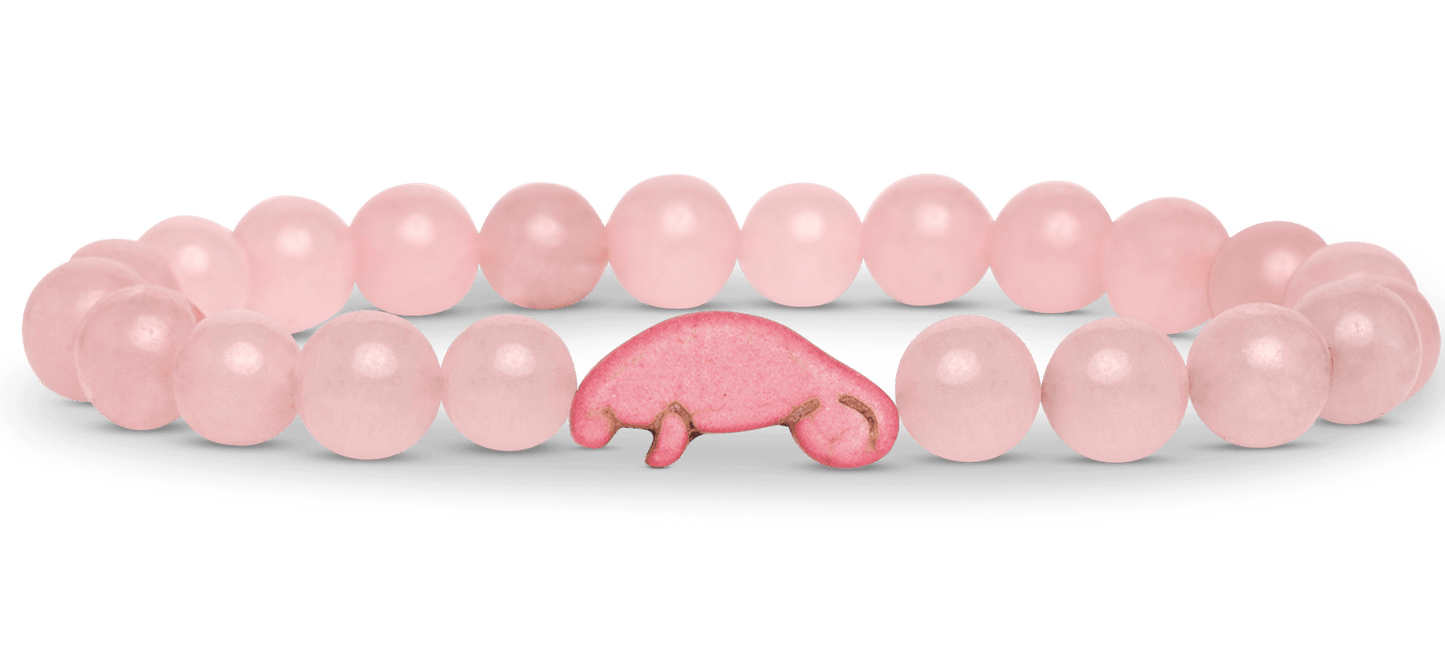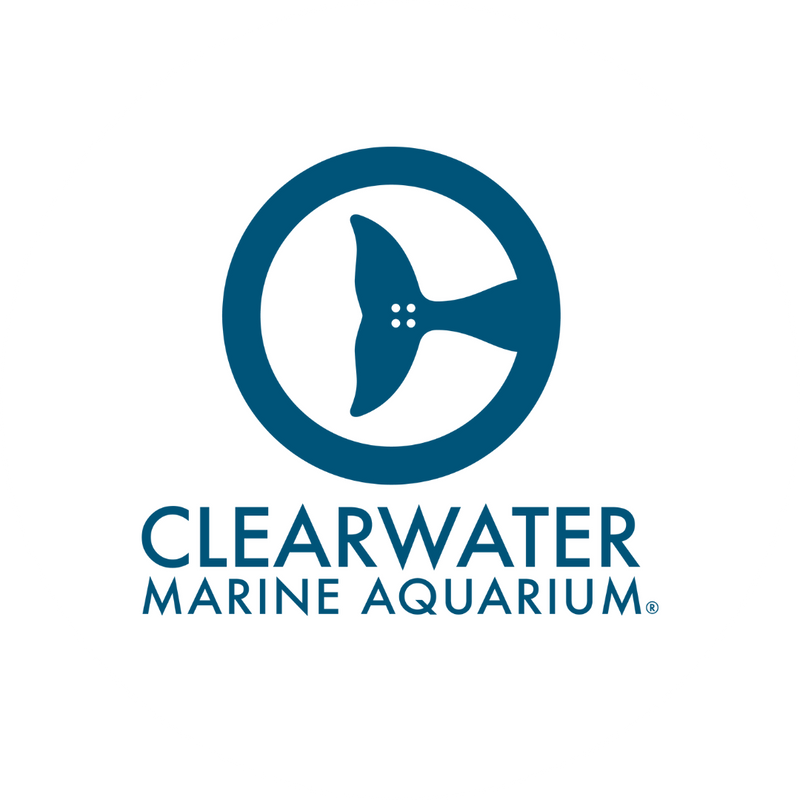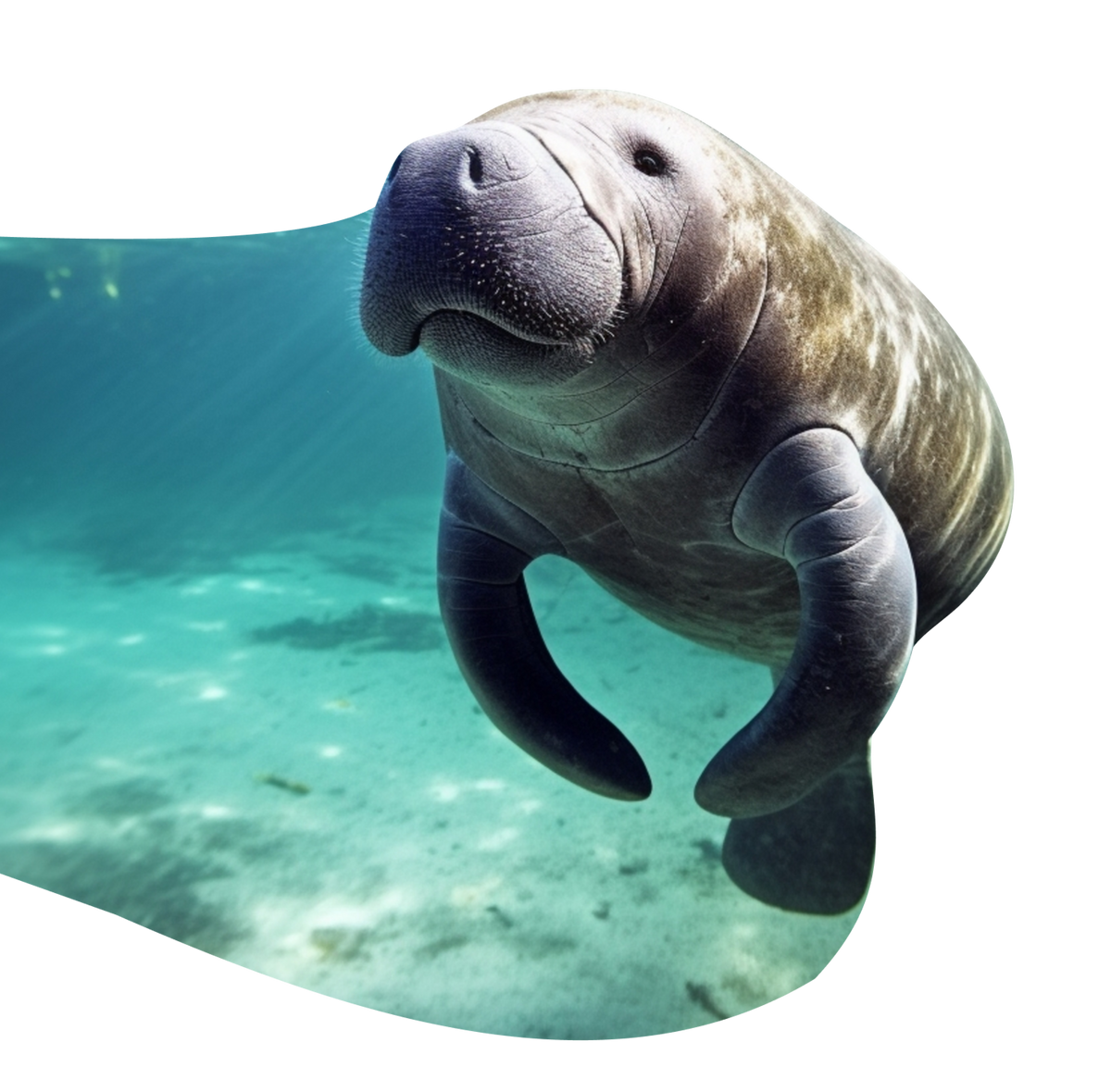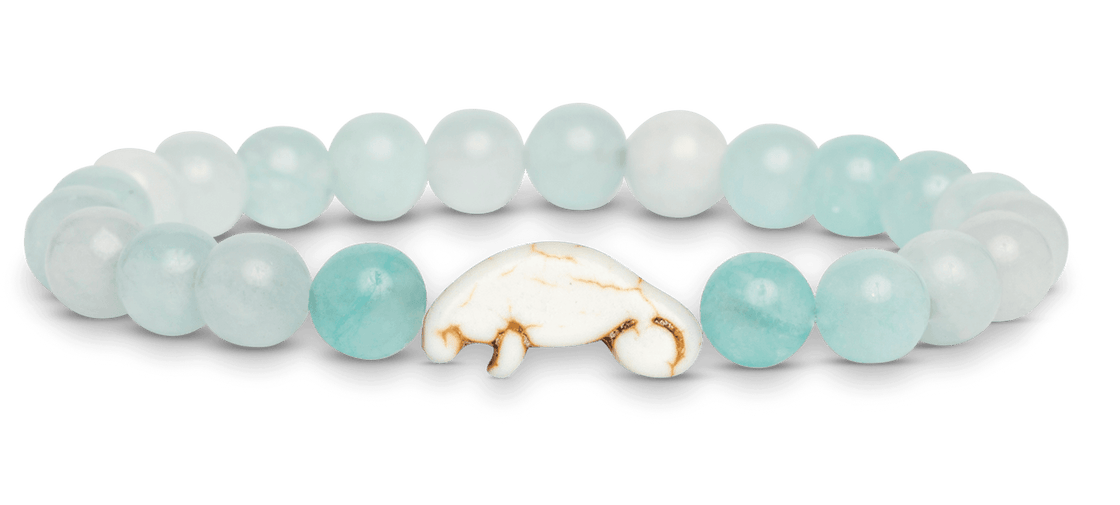





Each Bracelet Comes with
a Real Manatee to Track
Each Bracelet Comes
with a Real Manatee to
Track

Meet your manatee
and learn their story

Follow their path on
an interactive tracking map

Reveal exclusive stats, photos, and updates
along the way

In partnership with Clearwater Marine Aquarium

Made in partnership with Clearwater Marine Aquarium to support their work conserving Florida manatees and their habitats. Fahlo's goal is to help support their mission, tracking manatees along the southeast US coast.
One small bracelet.
One big mission.

Includes a Tracking Card
Includes a Tracking Card
Free with every new tracking bracelet! Capture the spirit of your animal's adventure in a collectible card.
Free with every new tracking bracelet! Capture the spirit of your animal's adventure in a collectible card.
Common Questions







 This animal’s safety guarded with the Fahlo Protection Ping™
This animal’s safety guarded with the Fahlo Protection Ping™ Add 3 or more bracelets and get free shipping!
Add 3 or more bracelets and get free shipping! Fahlo donates 10% of all profits to our nonprofit partners
Fahlo donates 10% of all profits to our nonprofit partners Sizing: Elastic, one size fits most
Sizing: Elastic, one size fits most SSL Secure Checkout
SSL Secure Checkout Worldwide Shipping
Worldwide Shipping Dedicated Customer Service
Dedicated Customer Service 100% Happiness Guarantee
100% Happiness Guarantee